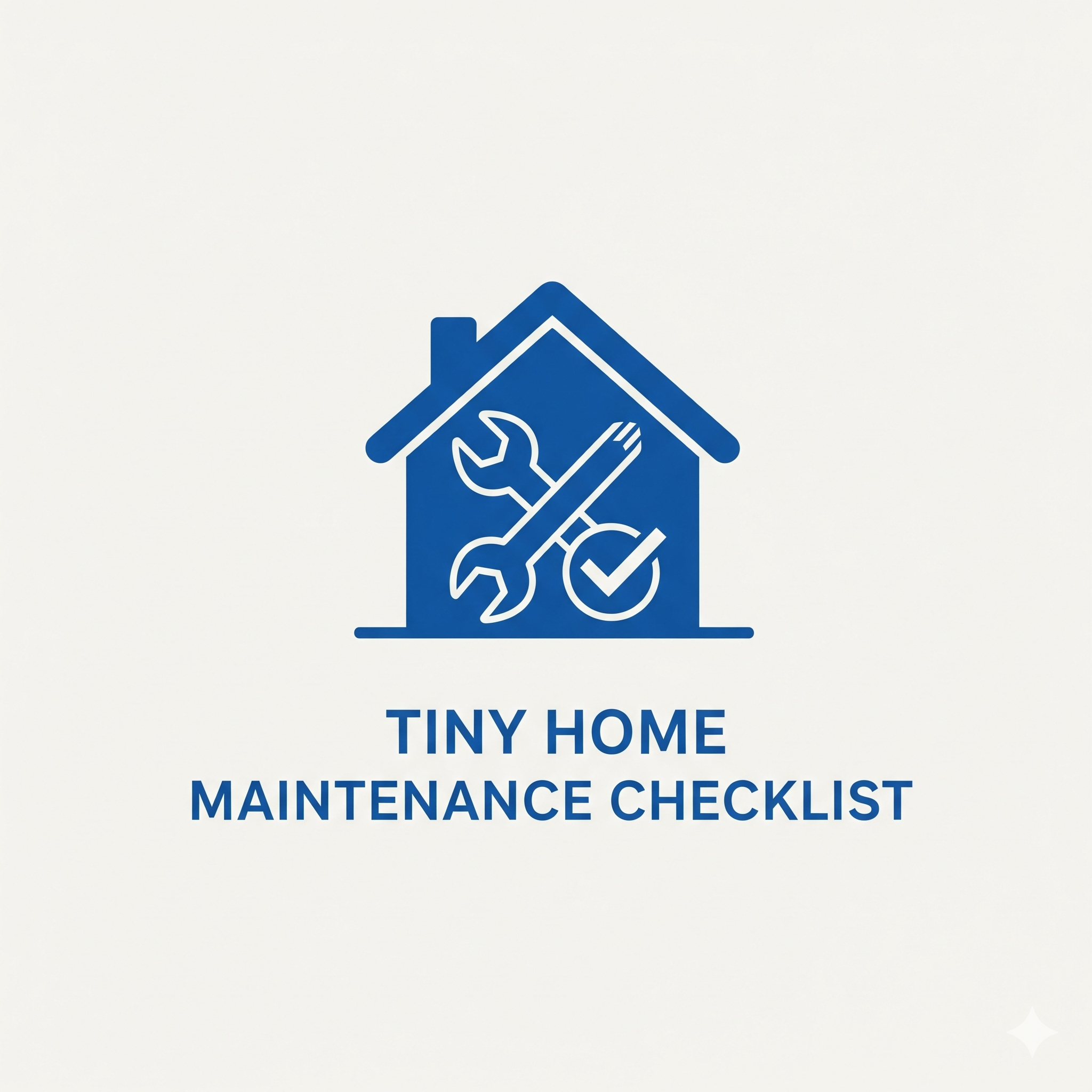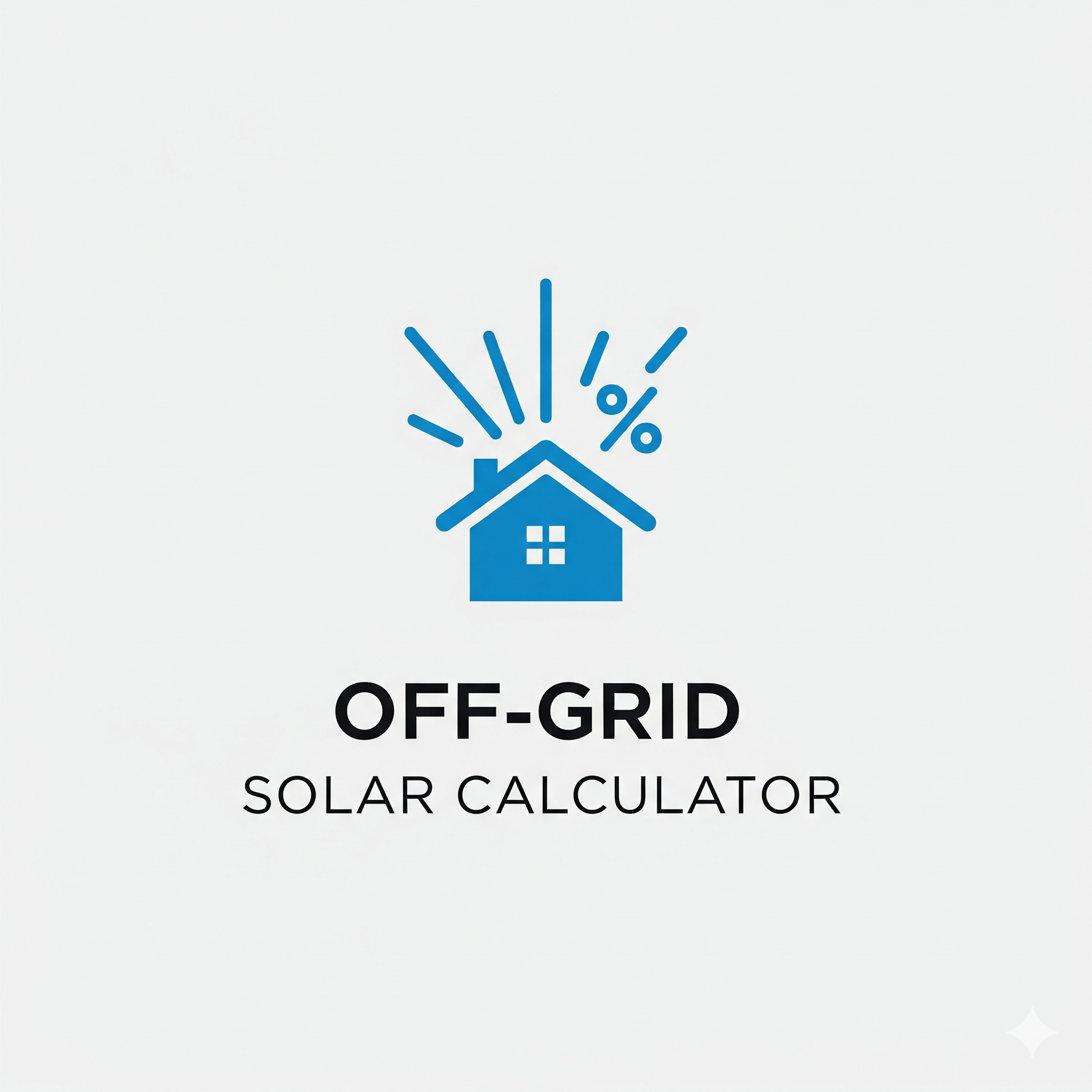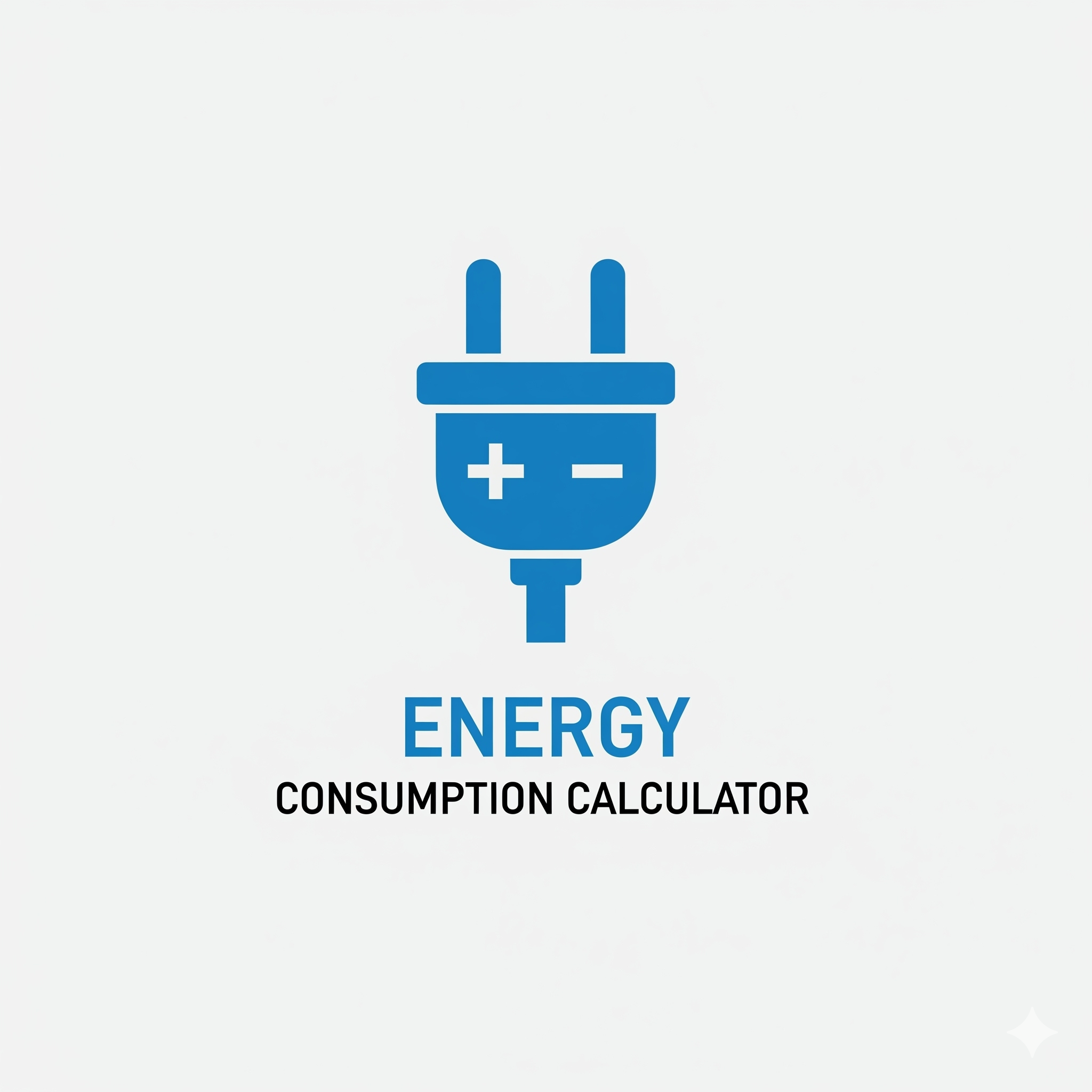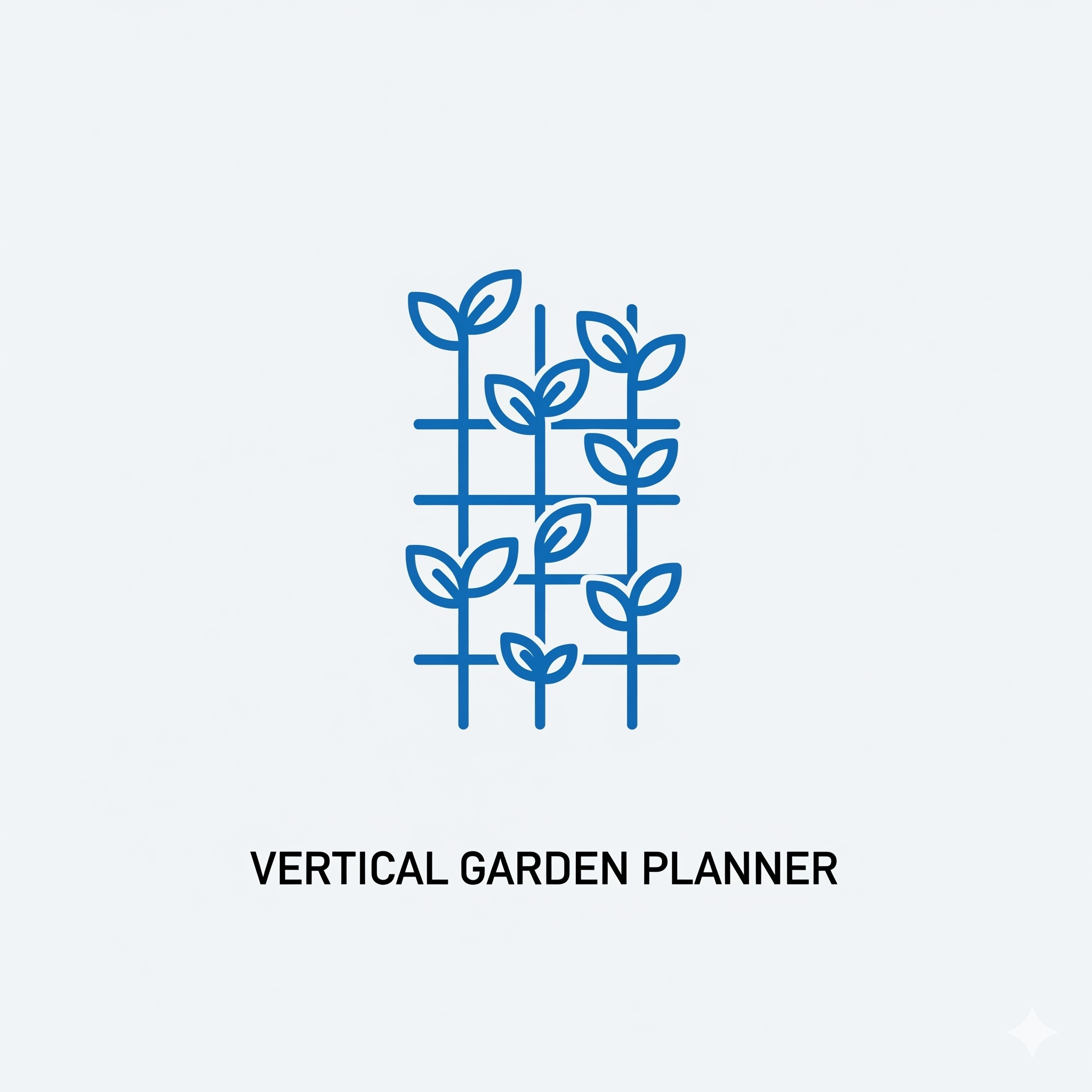Tiny Home Maintenance Checklist Generator
Get a free, seasonal Tiny Home Maintenance Checklist to protect your investment. Our generator creates a simple plan to keep your home safe, sound, and ready for any season.
Tiny Home Maintenance Checklist Generator
Protect your home and prevent costly repairs. Select a season to generate a curated maintenance checklist specifically for tiny homes.
How to use this tool: Simply click on a season to generate a detailed, interactive checklist of essential maintenance tasks for that time of year. These tasks are specifically curated for the unique needs of a tiny home, especially one on wheels. Print the list to take outside with you.
The Essential Tiny Home Maintenance Checklist: Protect Your Greatest Asset
Your tiny home is more than just a house; it’s a meticulously designed and crafted machine for living. And like any machine—especially one that might travel down the highway at 60 miles per hour—it requires regular, preventative maintenance to stay safe, sound, and beautiful. As a builder and advocate for the tiny life at Neat Tiny Home, I can’t stress this enough: proactive maintenance is the most important responsibility of a tiny homeowner. Ignoring a small crack in the sealant or a bit of dry rot on a tire can lead to catastrophic and expensive problems down the road. To make this crucial job feel less overwhelming, I’ve created this **Tiny Home Maintenance Checklist** generator. It’s a simple tool to break down your annual upkeep into manageable, season-by-season tasks, ensuring you never miss a critical check-up.
Think of this checklist as a seasonal conversation with your home. In the spring, you’re helping it wake up from winter and checking for any damage. In the fall, you’re preparing it for the cold months ahead. This routine isn’t a chore; it’s the ultimate way to protect your investment, ensure your safety, and enjoy true peace of mind. Our **Tiny Home Maintenance Checklist** takes the mental load out of the process, providing a clear, expert-guided roadmap for caring for your home throughout the year.
The “Protect Your Investment” Mindset: Why Maintenance is Non-Negotiable
Preventative maintenance is the difference between a tiny house that lasts five years and one that lasts a lifetime. The stakes are high, and the benefits of a regular schedule are immense:
- Water is the Enemy: The number one threat to any home, especially one made of wood, is water intrusion. Our seasonal checklist prompts you to regularly inspect and maintain every seal, seam, and flashing on your exterior. Finding and fixing a small crack in the caulk around a window costs a few dollars and takes ten minutes. Undetected water damage can cost thousands and compromise your home’s structure.
- Safety First, Always: Your tiny home has systems that require regular checks for safety. This includes propane lines for leaks, the chassis (tires, brakes, and lights) for road-worthiness, and the batteries in your smoke and carbon monoxide detectors. These are non-negotiable safety checks.
- Preserving Value: A well-maintained tiny home holds its value remarkably well. When it comes time to sell, a documented history of regular maintenance can significantly increase the resale price and appeal of your home.
The THOW Special: Don’t Forget the “Wheel” Part of Your Home
A tiny house on wheels (THOW) is a unique hybrid, and you have to maintain both the “house” and the “wheels.” The trailer chassis is your foundation, and it needs just as much attention as your roof.
| Chassis Component | Key Maintenance Task | Frequency |
|---|---|---|
| Tires | Check for cracks (dry rot) on the sidewalls and ensure they are inflated to the proper PSI listed on the tire. | Before every move, and at least seasonally. |
| Brakes & Bearings | Test your trailer brakes. The wheel bearings should be professionally inspected and repacked with grease. | Annually. This is a job for a qualified trailer or RV service center. |
| Leveling Jacks | Clean and lubricate the screw threads to ensure they operate smoothly and don’t rust. | Annually (Spring is a great time). |
| Structure & Hitch | Visually inspect the trailer frame for any significant rust or cracks. Ensure the hitch coupler is clean and functional. | Seasonally. |
For more detailed technical information on trailer maintenance, I always recommend the fantastic articles and videos from experts like etrailer.com.
Your Essential Tiny Home Maintenance Toolkit
You don’t need a full mechanic’s garage, but having a small, dedicated maintenance toolkit is essential. Here are the basics I recommend every tiny homeowner keep on hand:
- A quality caulking gun and extra tubes of exterior-grade silicone sealant.
- A set of basic wrenches and a socket set.
- A high-quality tire pressure gauge.
- A cordless drill with various bits.
- A sturdy stepladder that allows you to safely reach your roof.
- Work gloves and safety glasses.
Your tiny home is a testament to a life of intention, freedom, and smart design. Applying that same intentionality to its upkeep is the key to enjoying it for many years to come. Let our **Tiny Home Maintenance Checklist** make that process simple, routine, and worry-free.
What is one maintenance task that you think is most often overlooked by new tiny home owners? Share your wisdom in the comments!
Frequently Asked Questions (FAQ)
- How often do I really need to check my exterior seals?
A thorough visual inspection should be done at least twice a year, in the spring and fall. A tiny home flexes and moves on its trailer, which puts more stress on seams than a traditional house. Look for any cracking or peeling caulk around windows, doors, and corner trim, and reapply sealant immediately. - What is the best way to prevent pipes from freezing in the winter?
The best defense is a heated fresh water hose. For your plumbing lines underneath the home, using heat tape wrapped directly around the pipes and then covering them with foam insulation is the most effective method.
– - I’ve noticed a lot of condensation on my windows in the winter. Is this a problem?
Yes, it can be. Chronic condensation can lead to mold and mildew. It’s a sign of excess humidity and insufficient ventilation. To manage it, you need to increase air circulation. Open your windows for a few minutes each day, run your bathroom fan during and after showers, and consider using a small air exchanger (HRV/ERV) or a dehumidifier. - I don’t feel comfortable inspecting my own propane system. What should I do?
Trust your gut. If you are not 100% confident working with propane, it’s always best to hire a certified RV technician or a licensed gas fitter to inspect your system annually. Your safety is always the top priority.




Post Comment